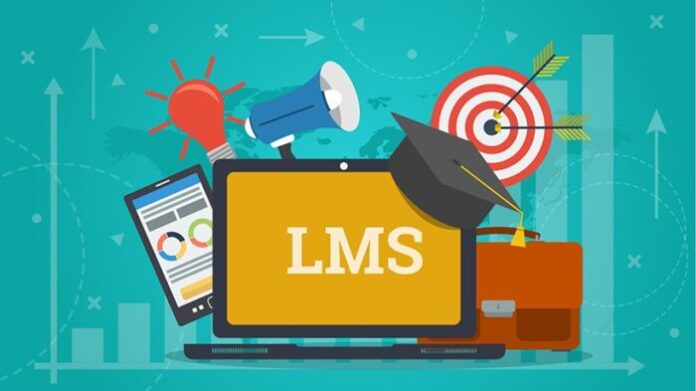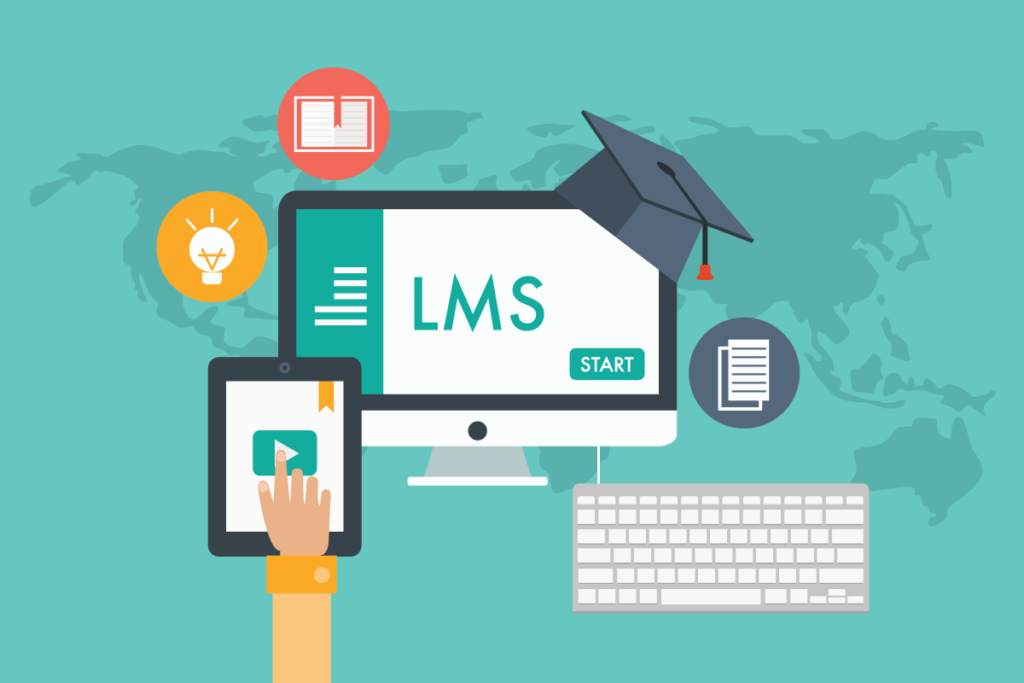The learning and development industry is witnessing unprecedented growth amid the current international crisis. More and more businesses and individuals are realising the convenience and benefits associated with the elearning approach of providing education and training.
As a result, many are exploring the tools involved in providing online training for the first time. Among the tools that make online training possible, learning management systems or LMS software, as they are commonly known, take the centerstage. To Know more about LMS Software click here.
From enabling the storage and management of learning material in one place that is accessible from anywhere around the globe to providing a delightful learning experience for learners, a learning management system is perhaps the one lock that holds any online training initiative together.
Naturally, choosing the right LMS becomes a crucial factor that influences the success of your online training initiative. Not to forget, premium learning management systems demand a handsome investment.
If you have discovered these facts, and find yourself confused about how you can go about choosing the right LMS for your training needs:

Understanding Your Needs And Abilities
There is no one-size-fits-all LMS solution available in the market. Hence, your ideal LMS will be determined by understanding the needs of your training program, along with your (or your learning administrator’s) technical ability to work with complex software.
Talking about the training needs part of the equation, there are specialised LMS that are designed to serve special purposes, like video-based training. There are also those that are designed to deliver special types of training such as compliance training or sales training. Similarly, there are also LMS designed to serve specific industries such as healthcare or manufacturing.
Depending on your needs, training purposes, and industry, you may filter out a few potential options. To narrow the list of prospective LMS further, you can evaluate them on the basis of the technical expertise they require to be efficiently used.
While ease of use is a widely popular feature used to compare learning management software, creating a simple interface sometimes comes at the cost of limiting the abilities of the software. Hence, it is important to understand the abilities of your training team and choose a solution that aligns with them.

Finding The Right Budget-Feature Balance
Budget is a critically influential factor in most business decisions. Since LMS purchasing an LMS is a high-investment affair, the budget considerations become all the more serious.
With that said, as with most other things, even in the case of LMS, you get what you pay for. In other words, more expensive options will come loaded with more features.
The reality, however, is that you may or may not need all the features that the most expensive LMS is offering.
Hence, it is best to first analyse your training needs and existing training material to determine the features and technologies you will need to deliver it with efficiency.
Then, you can go on to rule out the LMS options that don’t offer the features you need, along with the expensive options that may offer a variety of features you will not require.
With that said, when making this consideration, it is important to consider your long term training goals and the LMS features you will require in the future.

Taking A Test Drive
Once you have evaluated your training and feature needs, along with the technical capabilities of your training team, you will be able to filter out a majority of the options.
By this step, you must only be left with a handful of LMS options to choose from. Now, it is time to test.
Most LMS companies offer a free trial of their software and you must take advantage of the same. One by one, try out all the options you are left with and determine the ones that you and your team find the most user friendly and efficient.
For businesses that are training a large workforce, it is a smart idea to test out different LMS on different groups at the same time. This way, you can save a considerable amount of time in coming to the right decision.
When conducting these tests, make sure you don’t limit yourself to the views of the learning administrators or trainers. The experience of a learner in using the LMS is just as important as the experience of an administrator.

Testing Support
While you are testing the utility of an LMS, it is also a great idea to test out the support you will be getting, should you require it after making the purchase.
In all probability, you will need help with at least one feature or issue during your first week of using an LMS. Even if that isn’t the case, you can look up the common issues clients of a particular LMS face and raise them with their support team.
This way, you will be able to understand the typical process and timeline that you can expect to follow when you have a real issue in the future, along with the quality of support you can expect.

Considering Scalability
Finally, as you did when evaluating the features of LMS, you must consider the future of your training needs and how the LMS will help you scale up your training efforts as your training needs evolve.
Consider how expensive or economical it will be to add new learners, what is the maximum number of trainers you can include in your training, what are the maximum number of courses you can offer.
Conclusion
It is advisable to do at least some research when making any kind of purchase. However, in the case of an LMS, making the wrong decision can turn out to be an expensive mistake. These expenses aren’t just limited to the cost of the LMS, but may also adversely affect the ROI you expect to drive from your training initiatives.
Hence, unlike other online purchases, simply going by user reviews and ratings, or by the online presence of an LMS company is not enough. Purchasing an LMS demands in-depth consideration of the pros and cons of each option available to you.









